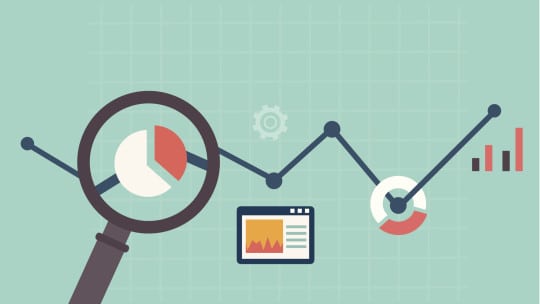
Year after year, I’ve always found that the PR News Measurement Conference provides a perfect balance of education and networking.
No, PR News did not ask me to write this column. I asked to write it, because these Measurement Conferences have constantly provided value to me.
I got my start in web analytics back in the dark ages of 1997-2002. I loved to run “content experiments,” moving around posts on our media websites to find out which visualizations and locations generated the most interest.
The lessons learned from data and analytics were captivating; this passion served me well when I moved to PR measurement in 2005—a perfect transition for someone who was a former national journalist, a TV news website manager and an early adopter (1994) of online communities.

Measuring the influence of PR’s strategies and tactics fascinated me immediately. I wanted to learn more from experts in the field. I was hungry for additional information. PR News’ Measurement Conferences provided an avenue for me to find it. The reasons I attended them are still applicable. Here are 10:
• Relevant.Conference presentations are topical and current; they cover the subjects that PR pros are discussing.
• Understandable.Presentation content is easy to follow; that was the case even when I was fairly new to the industry.
• Tips of the trade. Presenters always provide how-to tips and checklists to follow when you go back to work.
• Lists. Frequently we receive lists of tools and resources.
• Case studies. Real-world examples support the best practices discussed.
• Pain points. Some presenters talk about pain points and how we can learn from them.
• Fun. Yes, data can be fun. Many data geeks have a great sense of humor, sharing amusing stories and generating laughs during the day.
• Vendors. When you’re not at presentations, you can visit with vendors and learn from them, too.
• Networking. We all share a passion for measurement, so it’s easy to start a conversation with others. Over the years, some peers became long-time friends.
• Mentors. If you’re looking for a measurement mentor, your efforts at networking might net you one.
This year’s Measurement Conference is titled “Make the Connection Between Your Communications Initiatives and Your Organization’s Business Goals.” Even as a presenter, I expect to soak up the helpful information found in presentations as well as from vendors and other measurement professionals.
Here are just a few of the skills you might take home:
- Create measurement dashboards that communicate PR’s business value.
- Use modeling, technology and data to achieve measurable results on ROR (Return on Reputation).
- Measure the impact of your messages across Facebook, Twitter, Instagram and YouTube.
- Learn about the top measurement tools and how to pinpoint metrics that matter.
- Understand the latest trends among today’s audiences.
- Integrate the industry standard Barcelona Principles 2.0 into your measurement strategy.
- Measure media coverage and tie it to organizational goals.
- Apply social insights to communications strategy.
Dashboards Should Track Business Goals
I’ll be part of the panel on measurement dashboards, which is a passion of mine. Here is a sneak peek at what I’ll be discussing:
Dashboards must start with your company’s communications and business goals, along with objectives that you know are measurable. You also need to know your audiences and tailor your dashboard to their needs. With all that knowledge in hand, you then pick metrics. If the dashboard is intended for senior leadership, your metrics should be based on what the C-suite’s inhabitants want to see tracked.
Most likely, the C-suite doesn’t care much about an increase in followers or fans, although there are exceptions. Senior leaders typically, and understandably, are more interested in business, financial and reputation metrics.
The metrics displayed on your dashboard should also represent how your C-suite defines success. Your idea of success could be quite different, depending on your job description. Focus on wins in the metrics that matter most to them.
Keep your dashboard concise, simple and consistent with charts and high-level insights. And keep it clean. Don’t clutter your dashboard. Make highlights easy to absorb.
Editor’s Note: Margot Savell will speak at PR News’ Measurement Conference April 21. www.prmeasurementconf.com
CONTACT: [email protected]
This article originally appeared in the April 4, 2016 issue of PR News. Read more subscriber-only content by becoming a PR News subscriber today.
